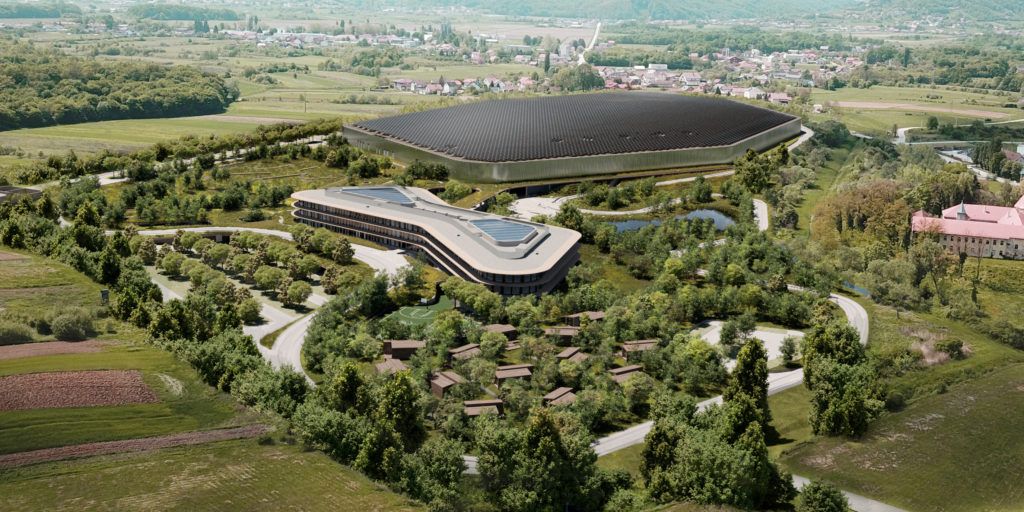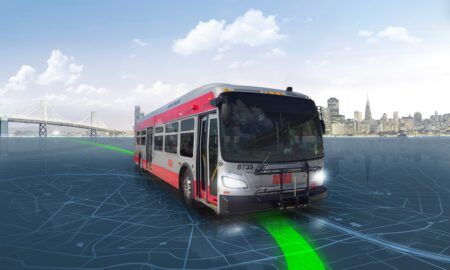Rimac Technology has announced its entry into the stationary energy storage systems (ESS) market with a new brand Rimac Energy. The move sees Rimac leveraging its expertise to create the next generation of stationary ESS. Built upon a novel electrical architecture, it marks a major milestone for the company, as it expands beyond its market-leading EV technology. These stationary solutions are essential in realizing the full potential of renewable power generation and driving the decarbonization of our energy networks.
The Rimac Energy team has been steadily built as a specialized team within Rimac Technology over the last 18 months, and now consists of 60 dedicated employees applying the same engineering philosophy and design know-how to stationary ESS as it does EV technology. As a result, Rimac Energy has created a novel battery architecture that reduces efficiency losses by up to 50% while decreasing the system footprint by up to 40% compared to current state-of-the-art solutions. Additional technological benefits include improved cycle life, built-in redundancy for increased availability, as well as competitive material and installation cost.
“At Rimac we have always been driven by innovation and a passion for pushing the limits of what is possible in the automotive industry,” said Rimac Energy’s Director, Wasim Sarwar. “However, we recognize the importance of stationary storage solutions to power our planet sustainably. Given our track record in innovative battery technology, we believe we will play a vital role in building Europe’s future energy ecosystems, elevating it on the global stage.”
Initially, Rimac Energy will provide solutions for large commercial, industrial, and utility-scale applications, with battery-buffered solutions for fast and mega-watt charging already underway. The company currently has several customer projects in discussion, including a pilot with a leading renewable energy company to provide battery storage solutions for their solar and wind power plants. These pilot systems are expected to be produced by the end of this year and commissioned in 2024. Mass manufacturing is set to start in 2025, with manufacturing capacities continuously scaling up into the double-digit GWh-scale.





